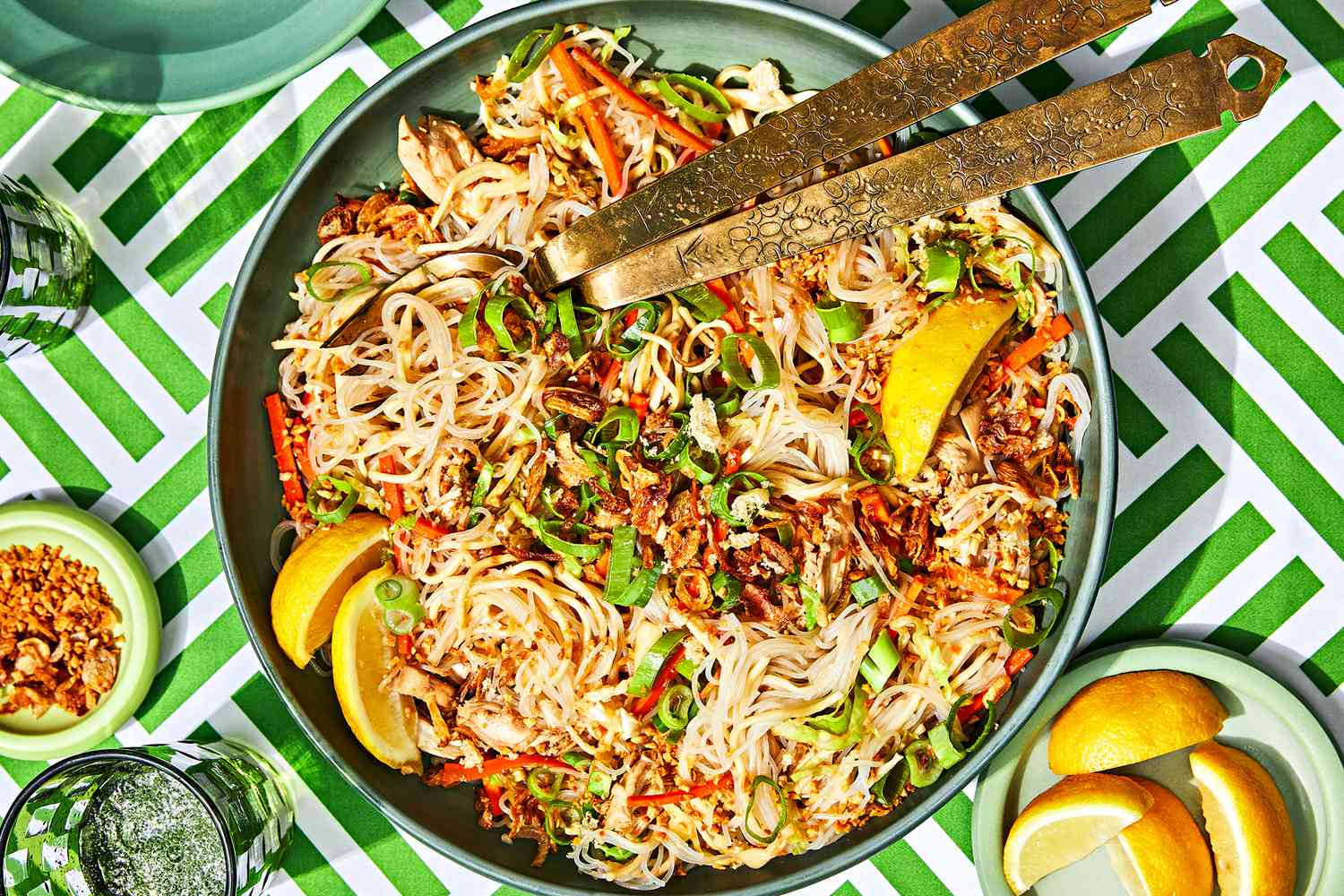Thai and Vietnamese cuisine are two of the most beloved cuisines around the world. Both feature a range of delicious flavors, herbs, and spices, and are defined by fresh, wholesome ingredients. In this article, the two cuisines are compared and contrasted in four categories: spices, noodles, curries, and desserts. Thai food is known for its use of spicy, bold ingredients such as lemongrass, ginger, garlic, and chilies, while Vietnamese food is more focused on herbs such as mint, cilantro, basil, and dill. Both cuisines offer a unique culinary experience that will take your taste buds on a trip to Southeast Asia.
Thai vs. Vietnamese Food: Contrasting Southeast Asian Delights
Introduction
When it comes to Southeast Asian cuisine, Thai and Vietnamese food are two of the most beloved cuisines around the world. Both food cultures feature a range of delicious flavors, herbs, and spices, and are defined by fresh, wholesome ingredients.
In this article, we will compare and contrast the two cuisines in four categories: spices, noodles, curries, and desserts.
Spices
Both Thai and Vietnamese cuisine rely heavily on spices for flavoring their dishes. However, the types of spices used in each cuisine are different.
Thai food is known for its use of spicy, bold ingredients such as lemongrass, ginger, garlic, and chilies. These ingredients are known to pack a punch and give Thai food its distinctive and bold flavors.
On the other hand, Vietnamese food is more focused on herbs such as mint, cilantro, basil, and dill. These herbs give Vietnamese cuisine its light and refreshing taste, and makes it a great choice for those seeking a healthier and less spicy alternative to Thai food.
Noodles
Both Thai and Vietnamese cuisine feature a range of noodle-based dishes. However, the noodles used in each cuisine are different.
Thai cuisine is known for its use of thicker, chewier noodles such as egg noodles and rice noodles. These noodles are often used in soups, stir-fries, and curries.
On the other hand, Vietnamese cuisine favors thinner, more delicate rice noodles, and glass noodles. These noodles are commonly used in pho, a popular Vietnamese noodle soup dish, and in summer rolls.
Curries
Curries are an essential part of both Thai and Vietnamese food culture. However, the preparation and flavoring of curries differs in each cuisine.
In Thai cuisine, curries are often made with a base of coconut milk, which gives them a rich, creamy texture. Additionally, Thai curries are known for their spicy and bold flavors, and feature ingredients such as lemongrass, ginger, garlic, and chilies.
On the other hand, Vietnamese curries are known for their lighter, fresher flavors. They often feature fish or seafood, and are seasoned with turmeric, which gives them a distinctive yellow color. Vietnamese curries also feature a mix of herbs such as lemongrass, garlic, and shallots.
Desserts
When it comes to desserts, both Thai and Vietnamese cuisine feature a range of sweet and delicious treats.
Thai desserts often feature sweet, tropical flavors such as mango, coconut, and palm sugar. One of the most popular Thai desserts is sticky rice with mango, which combines aromatics like coconut milk and pandan with fresh tropical fruit.
On the other hand, Vietnamese desserts tend to be less sweet and more refreshing. One of the most popular Vietnamese desserts is che, a sweet and colorful bean pudding that’s topped with refreshing coconut milk and fruit. Vietnamese desserts also often feature fresh tropical fruit like mango and lychee.
Conclusion
Both Thai and Vietnamese cuisine offer a unique and wonderful culinary experience. While Thai cuisine is known for its bold and spicy flavors, Vietnamese food is known for its light and refreshing ingredients. Ultimately, the choice between the two cuisines depends on your individual taste and mood. Regardless of your choice, one thing is certain: both cuisines will take your taste buds on a trip to Southeast Asia.
